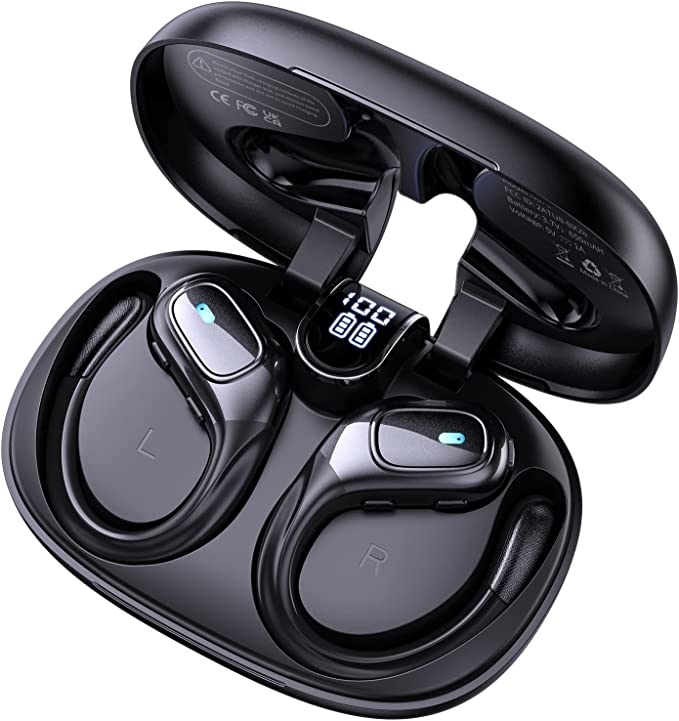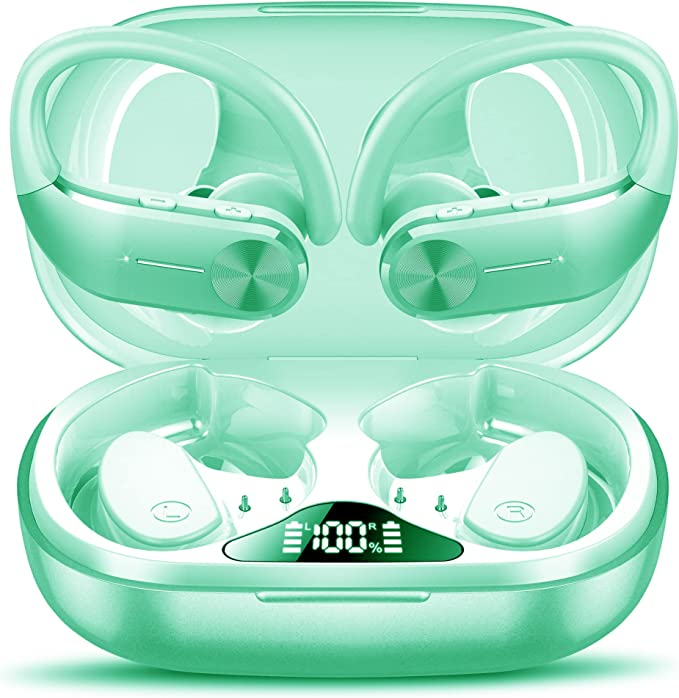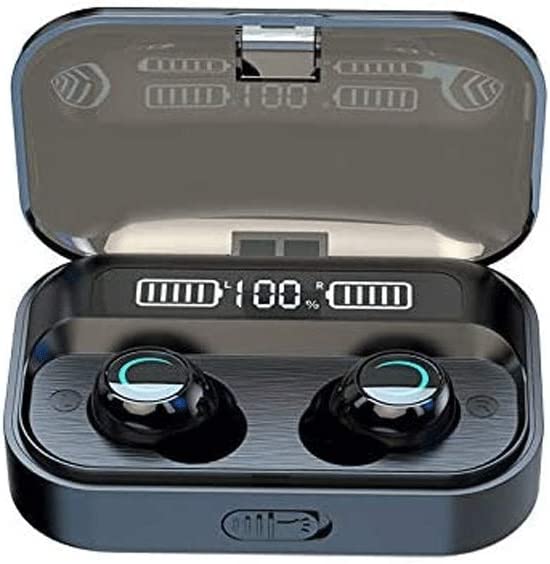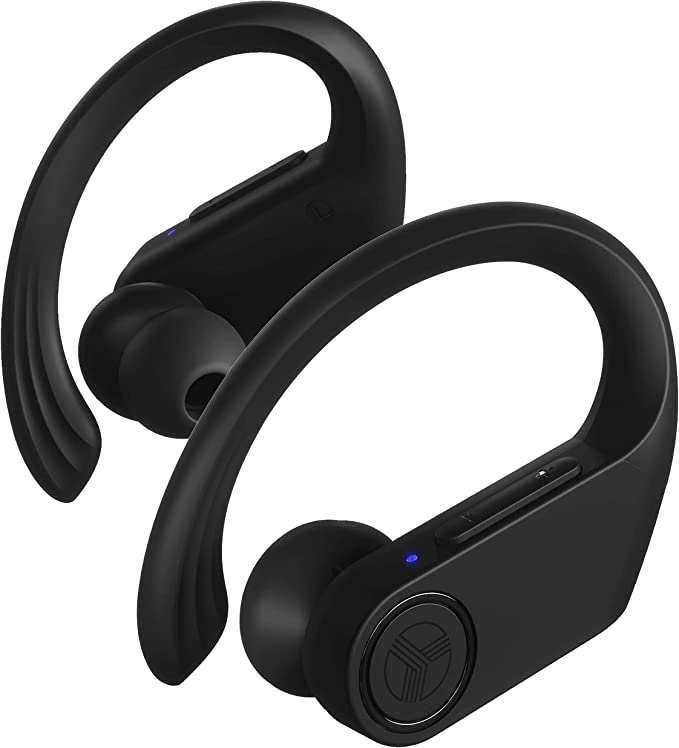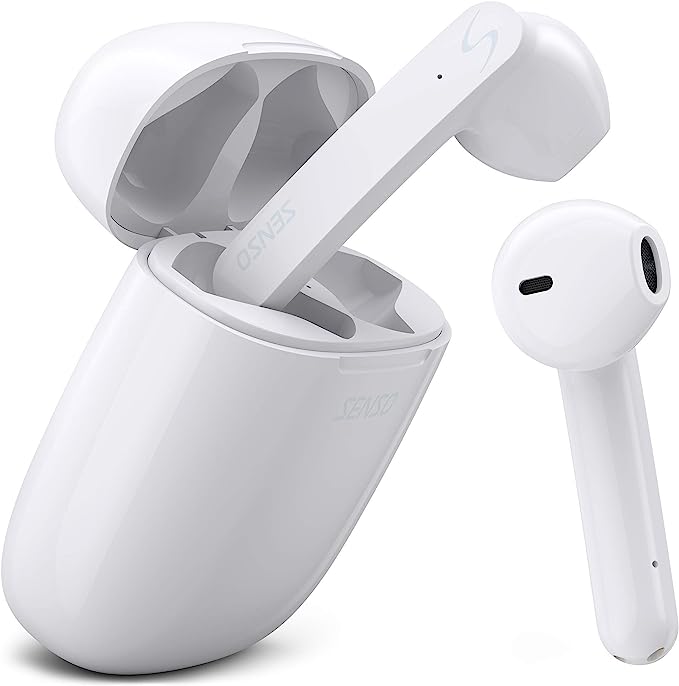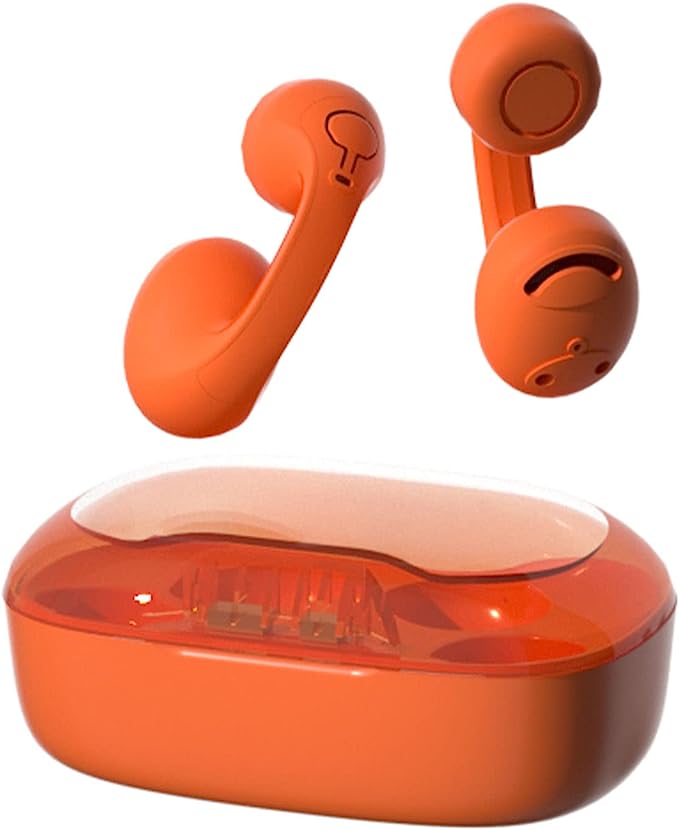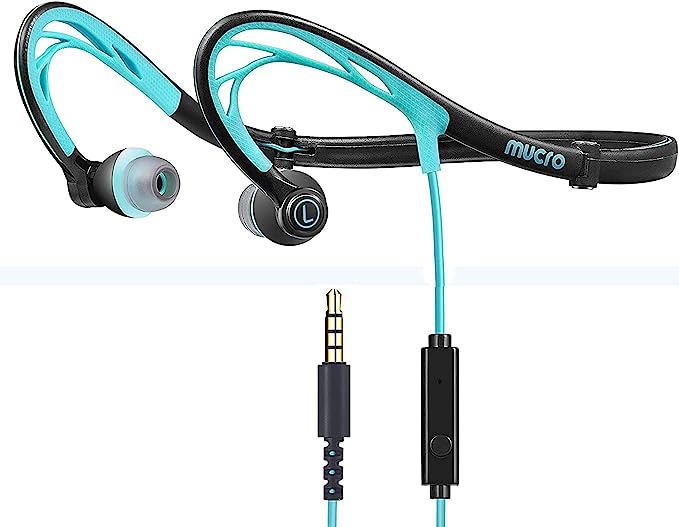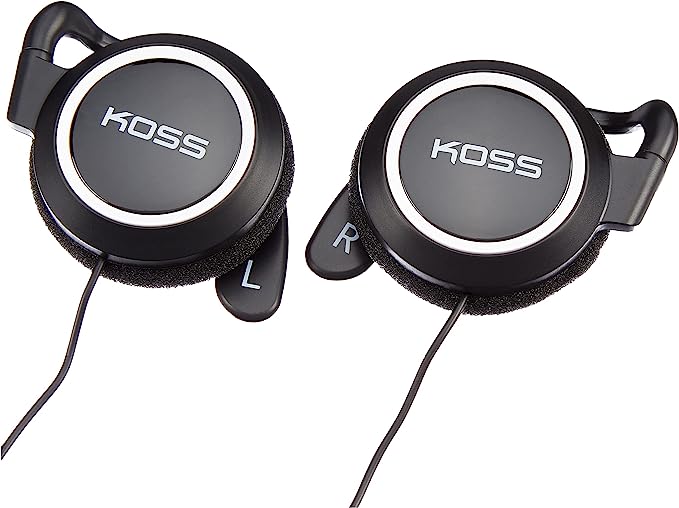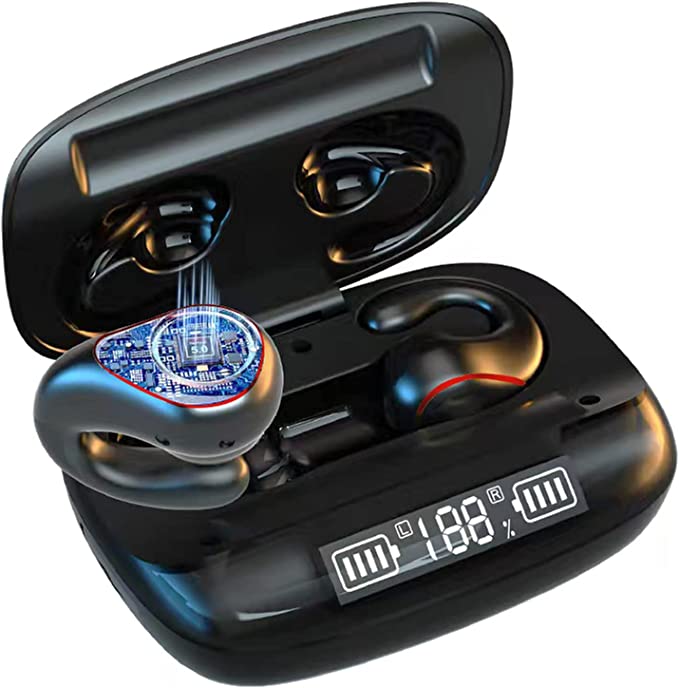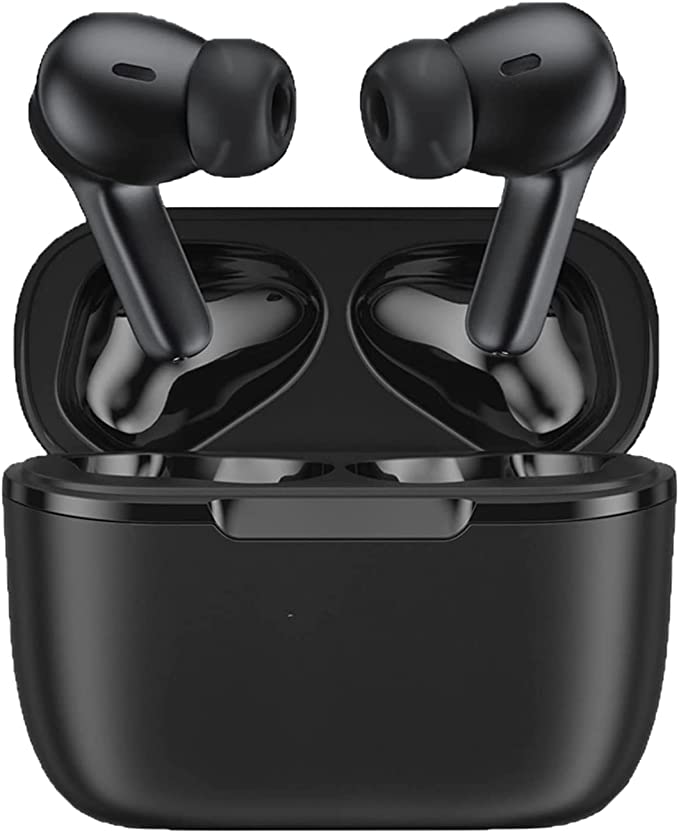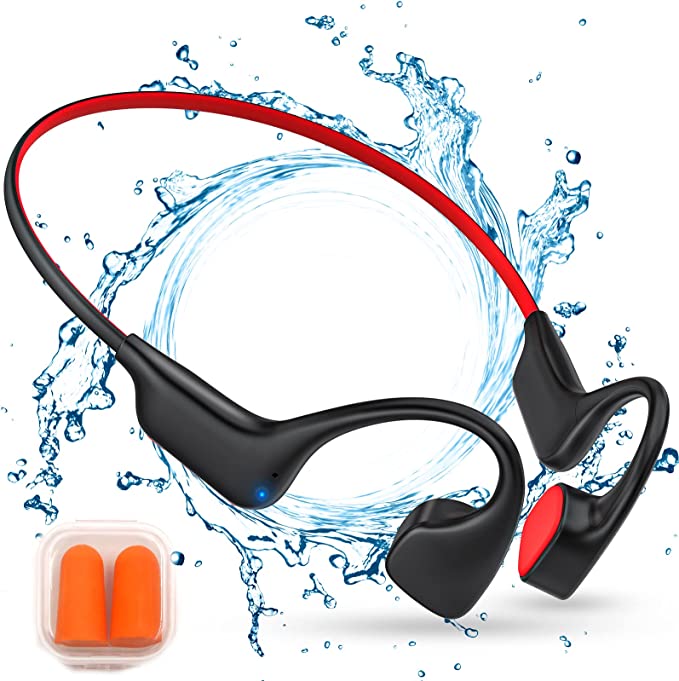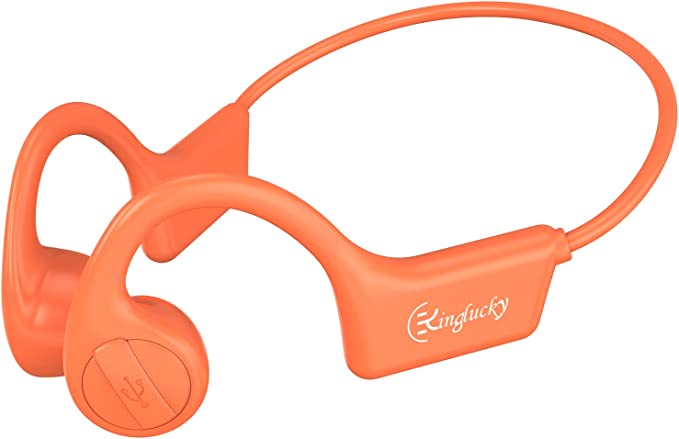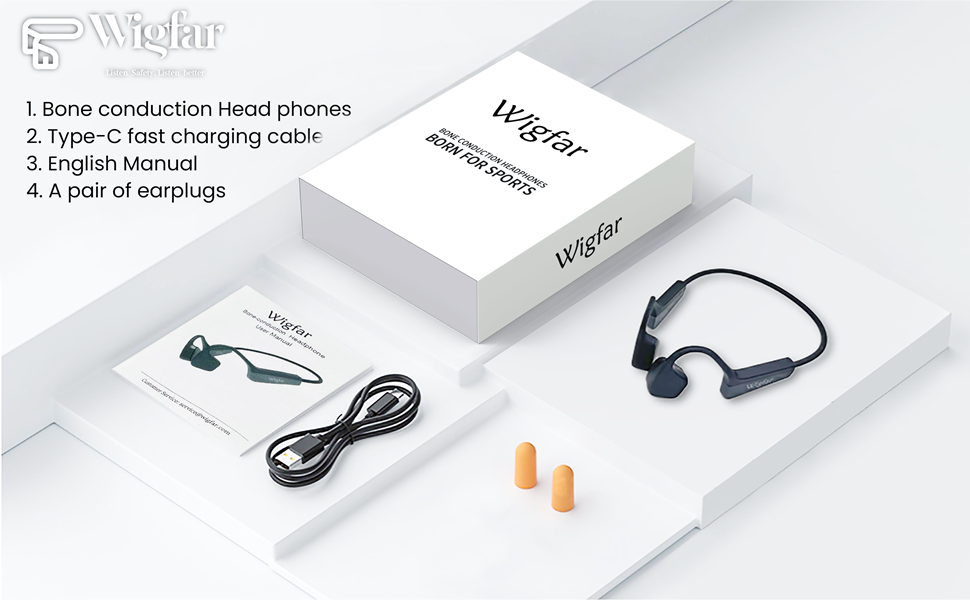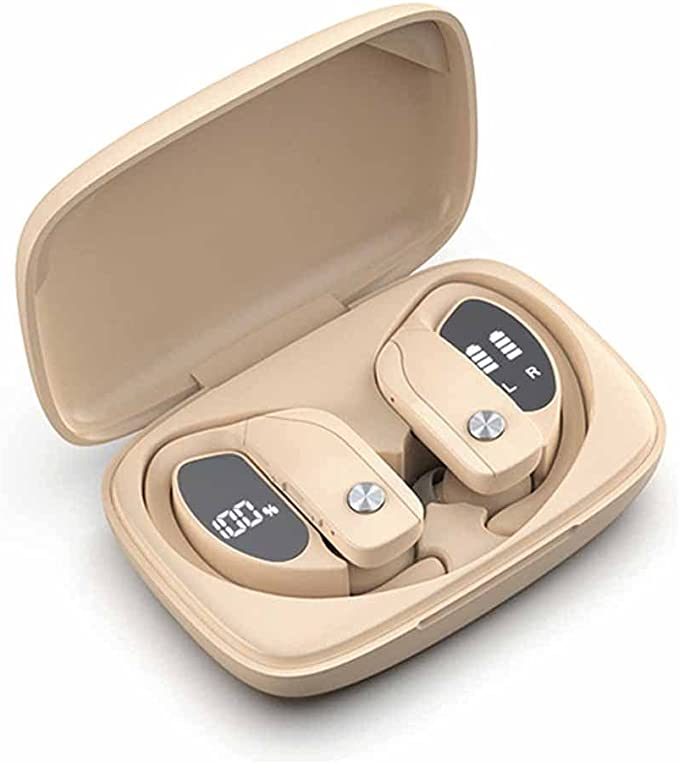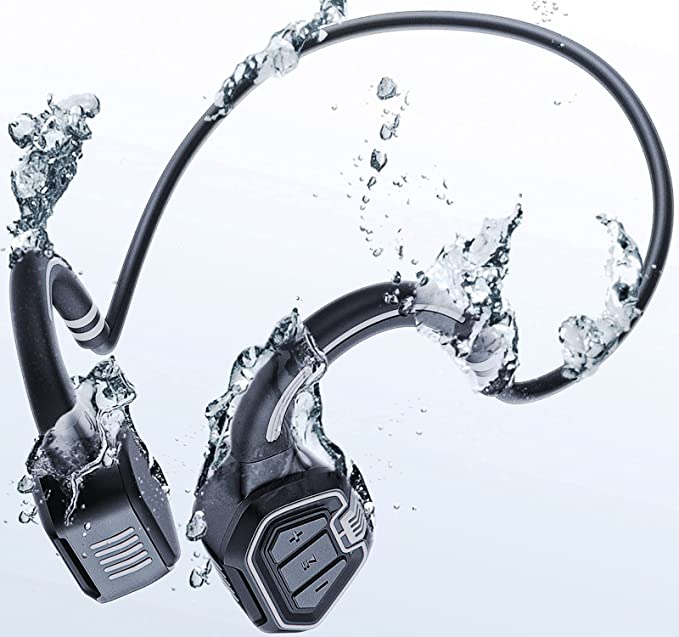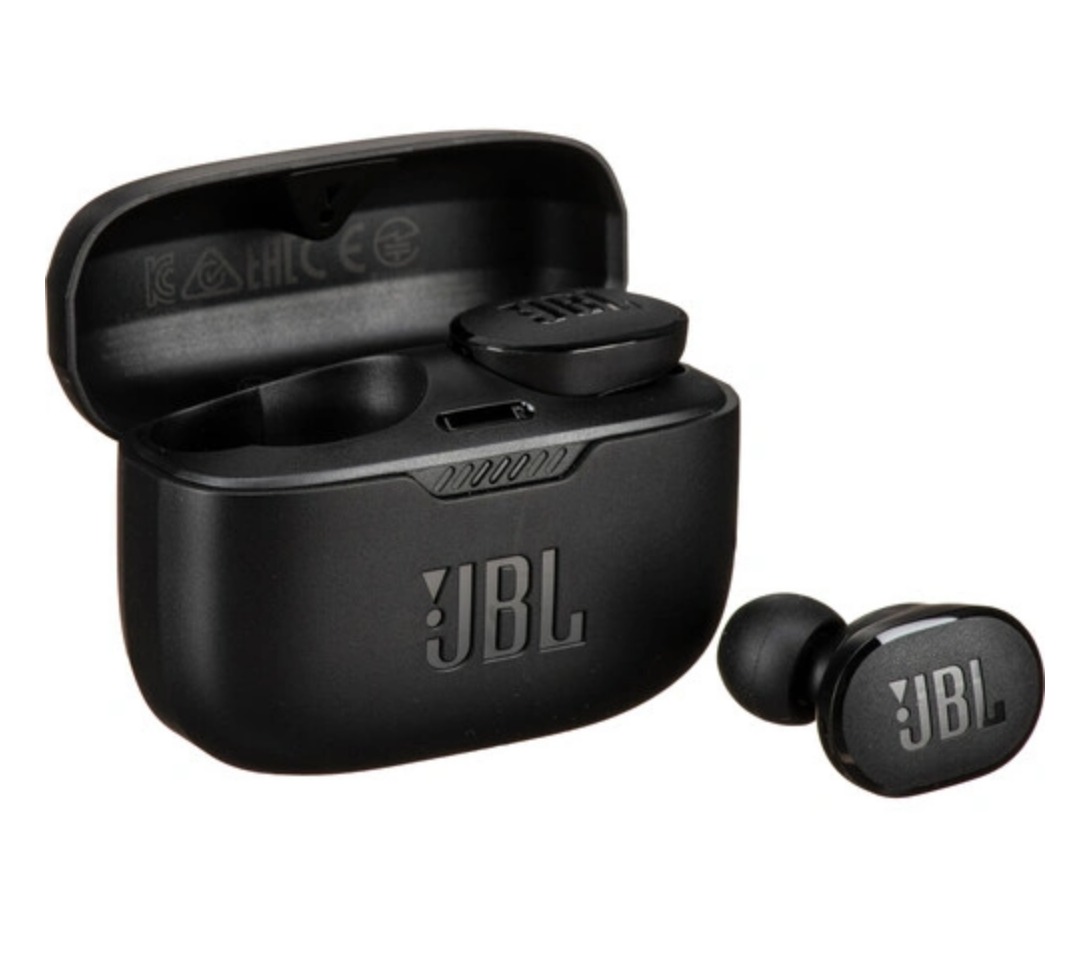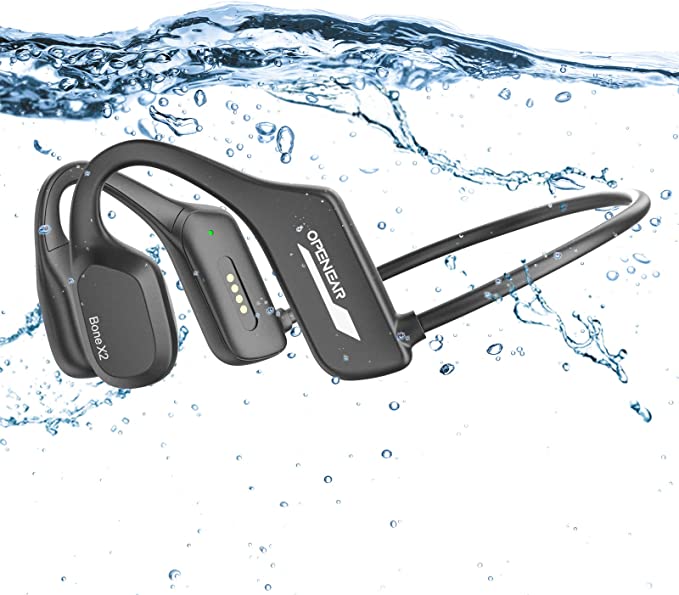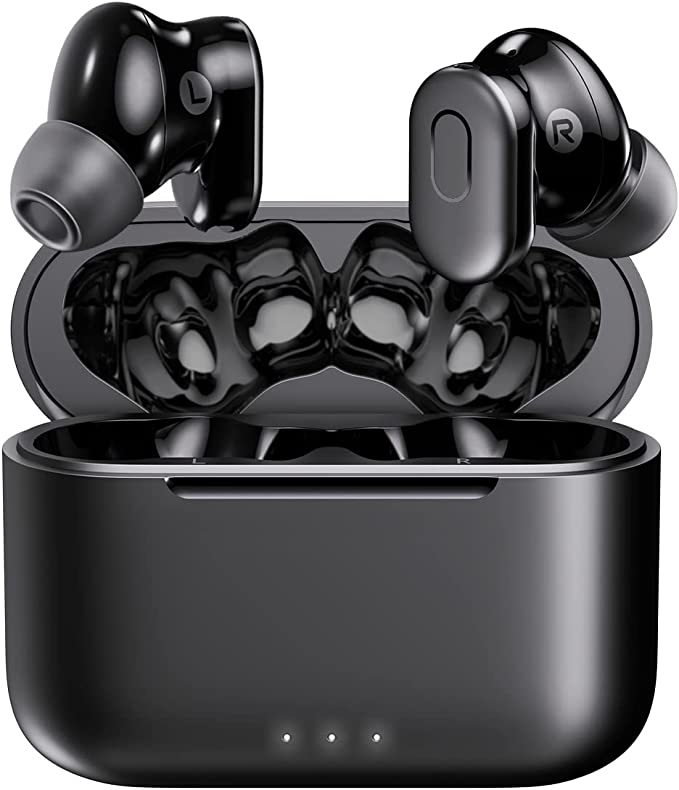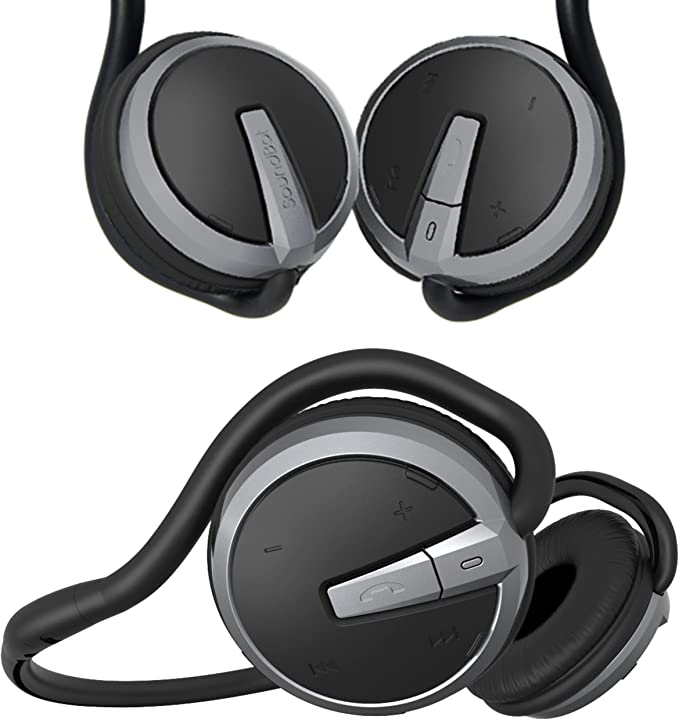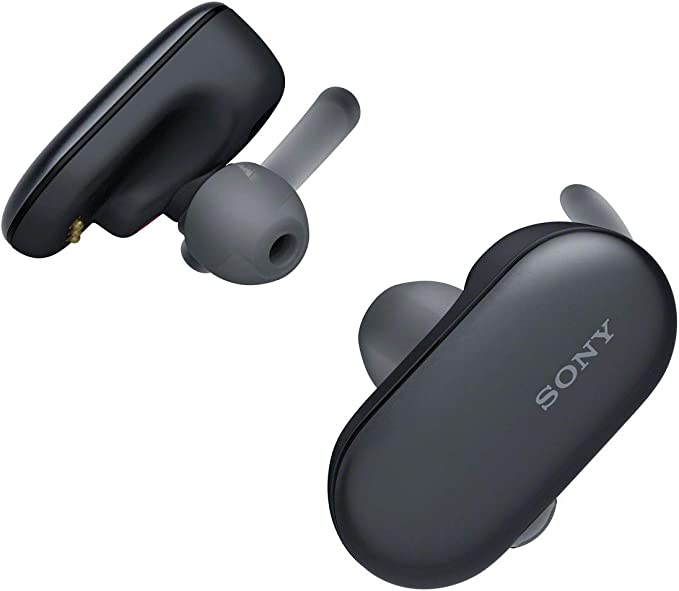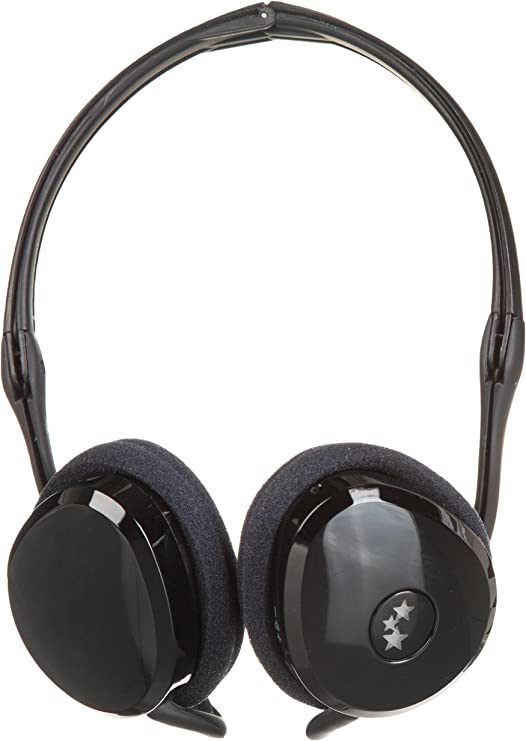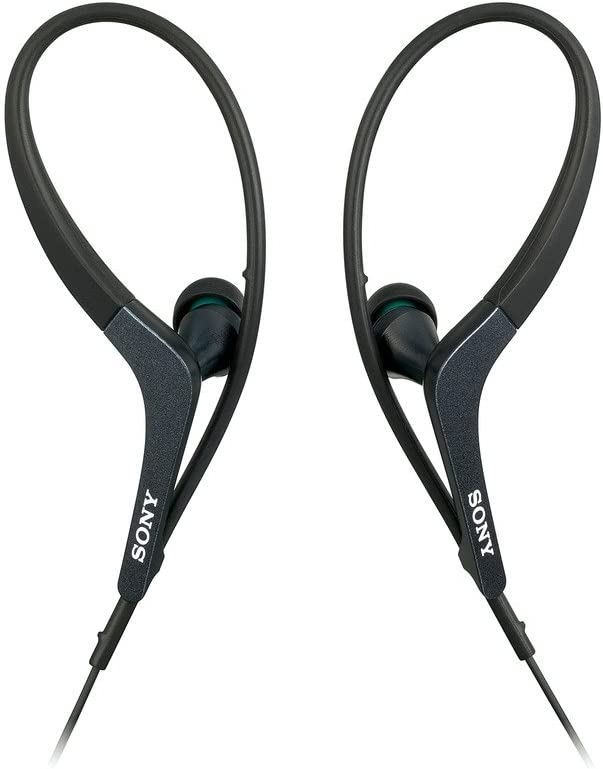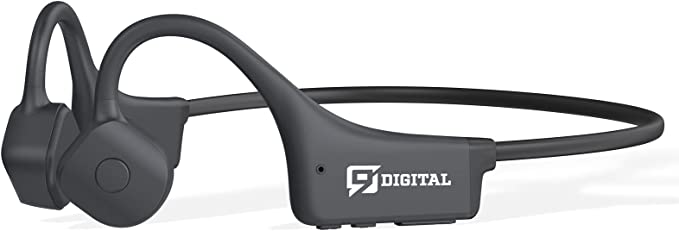Decoding the Sport Earbud: The "Touch vs. Button" Control Trade-Off
Update on Nov. 14, 2025, 12:13 p.m.
In the “pro-pragmatism” category of sport earbuds, a single design philosophy has emerged as the clear winner: the earhook form factor combined with a large-capacity charging case. This is the engineering solution to the two biggest fears of any athlete: the fear of an earbud falling out mid-sprint, and the fear of the battery dying mid-workout.
A prime case study of this philosophy is the BEBEN Wireless Earbuds (model C3/Q-series). Like its direct competitors (Fojep, hadbleng), it boasts an “anti-TWS” design:
1. Ergonomic Earhooks for stability.
2. A 36-Hour “power bank” charging case.
3. A Waterproof (IP-rated) build for sweat.
But this product category has one final, critical engineering conflict that divides users: how do you control them?
This isn’t a review. It’s a “first principles” analysis of the most important (and most controversial) trade-off in a sport earbud: Touch Control (the BEBEN) vs. The Physical Button.

The “Solved” Problems: Stability and Endurance
First, let’s acknowledge the brilliant engineering that defines this category.
1. The Engineering of Stability: The Earhook
Data is often wrong. The spec sheet lists this as “Over Ear,” which is incorrect. This is an in-ear earbud with an over-ear hook. This is a purpose-built solution to a physics problem. A standard TWS earbud relies on friction inside your ear. An earhook provides a mechanical anchor over your ear. This is why these designs earn 4.5+ star comfort/fit ratings—they “prevent the earbuds from falling off,” even during “vigorous” exercise.
2. The Engineering of Endurance: The 36-Hour “Power Plant”
The BEBEN, like its competitors, offers a “marathon” battery life (36 hours) by rejecting the “sleek” TWS case. It uses a larger, “power bank” style case that holds an additional 30 hours of charge. This is a pragmatic solution to “battery anxiety.” The Type-C fast charge (5 mins for 2 hours standby) is the modern standard for this system.

The Core Conflict: The “Touch vs. Button” Trade-Off
This is where the BEBEN’s design philosophy diverges from its competitors. The BEBEN uses “Smart Touch Control.” This is an engineering gamble.
The “Pro-Touch” Argument (The “Sleek” Philosophy): * No Moving Parts: A touch sensor (capacitive) has no physical button, meaning one less mechanical part to fail or break. * No “Ear-Plunging”: To use a physical button, you must press it. This can be uncomfortable, as it plunges the earbud deeper into your ear canal. A “light touch” avoids this. * Aesthetics: It’s a sleeker, more “modern” and minimalist look.
The “Anti-Touch” Argument (The “Pragmatic” Philosophy): * The “Sweat” Problem: Capacitive touch sensors are notoriously “touchy.” They rely on sensing the electrical properties of your skin. Water (i.e., sweat or rain) is also conductive and can trigger “ghost” or “phantom” touches, accidentally pausing your music, skipping tracks, or hanging up a call. * The “Glove” Problem: Touch controls do not work if you are wearing gloves in the winter. * The “No-Feedback” Problem: You can’t feel a touch. A physical button provides a tactile “click” that confirms the command.
BEBEN is acutely aware of this trade-off. In the “Warm Tips” section, they explicitly warn users: “Please keep your hands dry when touching the keys, as liquid on your hands will affect the sensitivity of the touch.“
This is the central trade-off of this $30 earbud. You are trading the “reliability” of a physical button for the “modern feel” of a touch-sensitive surface.

The “Black Box” Audio: ANC vs. CVC
The BEBEN, like many in its class, makes a confusing audio claim: “Active Noise Reduction, Achieve Clear Calls.”
This is not Active Noise Cancellation (ANC). It does not create a “bubble of silence” for you to listen to music.
This is Environmental Noise Cancellation (ENC) (often branded as CVC - Clear Voice Capture) for the microphone. * The Engineering: It uses its built-in mics to “accurately calculates the caller’s orientation” (i.e., it identifies your voice) and “cuts down on ambient noise.” * The Result: The person you are calling hears your voice clearly, not the noise from your gym or the wind from your run.
This is a “call quality” feature for the output, not a “listening” feature for the input.

Coda: A Pragmatic Tool with a “Modern” Flaw
The BEBEN C3/Q-series is another brilliant example of “pro-pragmatism” engineering. It solves the big problems of TWS earbuds: stability (with earhooks) and battery life (with a 36-hour case).
However, its 4.0-star rating (lower than its physical-button competitors) is a direct reflection of its one major gamble: the “Smart Touch Control.”
It is a tool for the athlete who wants the earhook stability and marathon battery, but hates the “plunging” feeling of a physical button more than they fear the “ghost touch” of a sweaty finger. It is a modern, sleek, and slightly riskier version of the perfect sport earbud.

